
|
The Astrology Center of America, 207 Victory Lane, Bel Air, MD 21014 Tel: 410-638-7761; Toll-free (orders only): 800-475-2272 |
|||||||
|---|---|---|---|---|---|---|---|
| Home | Author Index | Title Index | Subject Index | Vedic Books | Tarot | E-Mail: | |
 |
Astrological History |
|---|
The history of astrology used to be the history of the world, but that ended when astrology fell out of favor during the "age of enlightenment" some 350 years ago. Astrological books were removed from libraries & no one bothered to preserve primary or secondary astrological source material. Few serious historians will bother with a discredited subject. As a result, much has been lost.
As a bookseller I hear a lot of gossip. How a book really came to be written, how one organization splintered to become another, who holds grudges & why, etc. I've recorded a few of these elsewhere on this website, but I want to encourage those who know to preserve their knowledge, while they still can. All of it, not just the nice parts. Historians can sort it all out later, that's their job.
Donna Cunningham is doing a wonderful service with her Astrologers' Memorial Web Page. We wish her much success.
 Indicates a book on our Top Ten list. If you would like to find more books like it, click on the star.
Indicates a book on our Top Ten list. If you would like to find more books like it, click on the star.
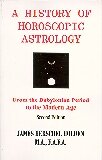 |
||

|
||

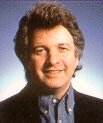
|
||
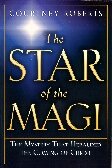
|
||
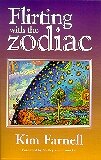
|
||
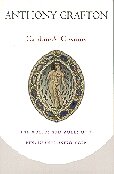 |
||

|
||
 |
||

|
||
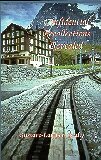
|
||
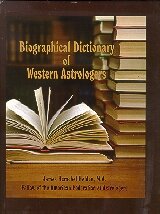
|
||
 |
||

207 Victory Lane, Bel Air, MD 21014
Tel: 410-638-7761; Toll-free (orders only): 800-475-2272
| Home | Author Index | Title Index | Subject Index | Vedic Books | Tarot | E-Mail: |
Established 1993, The Astrology Center of America is owned & operated by David Roell.
This entire site (AstroAmerica.com) is copyright 1996, 1997, 1998, 1999, 2000 by William R. Roell.
All rights reserved.